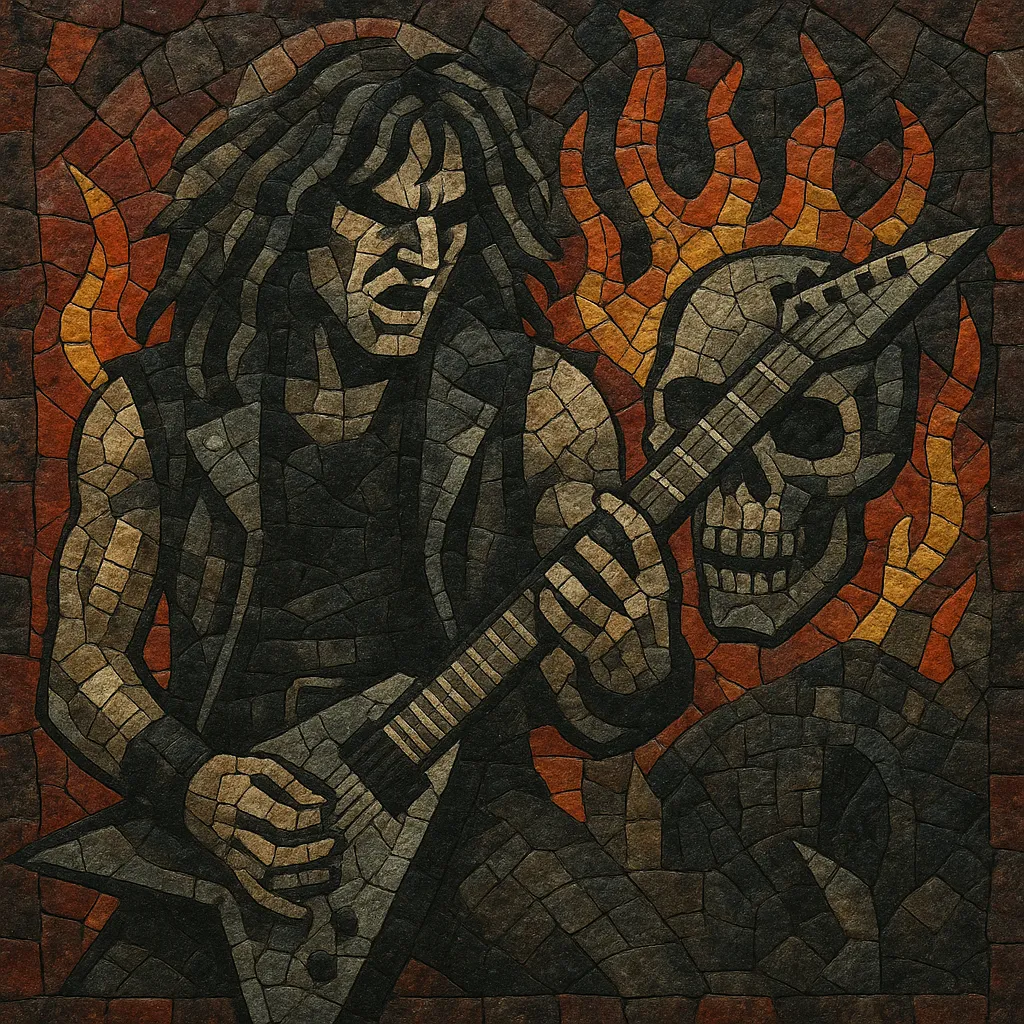NWOBHM (New Wave of British Heavy Metal) is a late-1970s British movement that revitalized heavy metal with faster tempos, twin‑lead guitar harmonies, and a gritty, working‑class intensity.
It fused the muscular riffing of 1970s hard rock and early heavy metal with the urgency and DIY ethos of punk, producing anthemic choruses, memorable riffs, and high‑register vocals. The scene was propelled by independent labels, fanzines, and grassroots gig circuits, and it provided the template for much of 1980s metal worldwide.
Coined by journalist Geoff Barton in 1979, the term "New Wave of British Heavy Metal" captured a surge of UK bands influenced by 1970s hard rock and early heavy metal, while absorbing punk’s speed and DIY spirit. Local scenes, club nights (notably Neal Kay’s Bandwagon), and indie labels nurtured bands that built followings through singles, EPs, and relentless gigging.
Compilations like "Metal for Muthas" and airplay on BBC’s Friday Rock Show helped bands break nationally. Iron Maiden, Def Leppard, Saxon, Angel Witch, Diamond Head, Girlschool, and others defined the sound: harmonized leads, galloping rhythms, and anthemic hooks. The movement energized the UK charts and attracted major-label interest, exporting a distinctly British heavy style.
International success by Iron Maiden and Def Leppard opened global markets for metal. NWOBHM’s speed and riff‑centric songwriting directly inspired the birth of speed metal and thrash (especially in the US Bay Area), while its melodic twin‑guitar approach fed into power metal and shaped US power metal aesthetics. Venom’s raw extremity seeded first‑wave black metal.
Although many bands evolved or disbanded by the mid‑1980s, NWOBHM’s DNA runs through modern metal. Periodic revivals and a broader "new wave of traditional heavy metal" movement keep the style alive, while classic albums remain foundational listening for metal musicians and fans worldwide.
Use two electric guitars (for harmonized leads), electric bass (often with a plectrum), drums, and a powerful, high‑range lead vocal. Aim for a dry, punchy production with multitracked rhythm guitars, close‑miked drums, and minimal studio polish to preserve energy.
Write memorable, mid‑to‑fast riffs centered on power chords and minor scales (natural minor/Aeolian and occasional harmonic minor for color). Employ twin‑guitar harmonies in thirds or sixths for lead lines and dual solos. Tempo typically ranges from 120–170 BPM; incorporate the classic “gallop” feel (eighth‑note plus two sixteenths) for drive.
Favor tight verse–pre‑chorus–chorus structures with instrumental bridges that spotlight guitar solos and harmonized leads. Use key changes or modal shifts sparingly to heighten drama near the final chorus. Keep arrangements lean to maintain live energy.
Drums are straight 4/4 with sturdy backbeats, double‑time lifts in choruses, and occasional rapid fills into transitions. The bass should lock tightly with the kick, frequently shadowing the guitar riff but breaking into melodic passing tones between phrases for momentum.
Draw on working‑class grit, urban life, speed and machines, historical and military imagery, as well as fantasy/occult and sci‑fi motifs. Keep choruses punchy and chantable, with memorable hooks designed for crowd participation.


